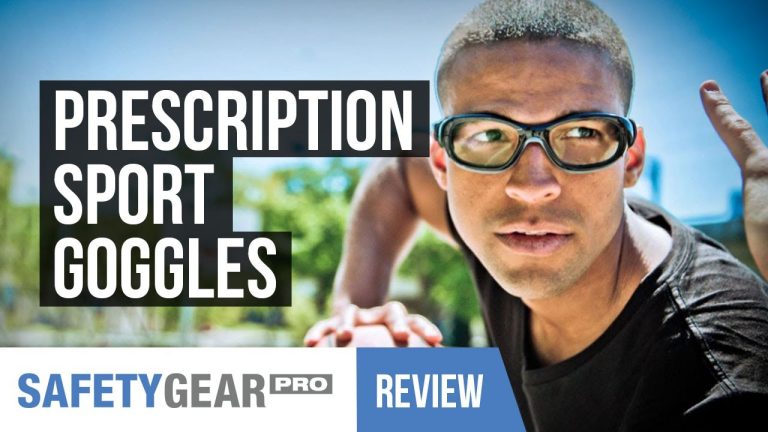The Ultimate Guide to Choosing the Best Skiing Sunglasses for Optimal Vision Care
When it comes to skiing, having the right gear is essential for both performance and safety. While most people focus on their clothing, boots, and skis, one piece of equipment that is often overlooked is the skiing sunglasses.
Not only do skiing sunglasses protect your eyes from the sun, glare, and reflections of the snow, but they also enhance your visibility and contrast, making it easier to see obstacles on the slopes. Proper skiing sunglasses can make all the difference in your skiing experience and can even prevent serious eye damage.
The Importance of UV Protection
One of the most critical factors to consider when choosing skiing sunglasses is their UV protection. Exposure to UV rays can cause serious eye damage, including snow blindness and cataracts. It is crucial to choose sunglasses that block at least 99% of UVA and UVB rays.
Wraparound sunglasses are the best option for skiing since they provide full coverage for your eyes, minimizing the amount of UV rays that can get through the sides. It is essential to choose sunglasses with lenses that are labeled as “UV400” or “100% UV Protection.”
Choosing the Right Lens Color
The color of the skiing sunglasses lenses has a significant impact on your vision and contrast on the slopes. The most common lens colors for skiing sunglasses are brown, gray, and yellow, each offering different benefits for specific weather and lighting conditions.
Brown Lenses
Brown lenses are ideal for sunny days with high levels of brightness and glare. They provide excellent contrast and depth perception, making it easier to see bumps and variations in the snow.
Gray Lenses
Gray lenses are best for bright and sunny days, as they reduce the amount of light entering the eyes without distorting color perception. They are also helpful on days with a mix of sun and clouds.
Yellow/Orange Lenses
Yellow/orange lenses are perfect for low-light conditions, such as overcast days or dawn and dusk skiing. They provide a higher contrast that enhances object definition and improves depth perception.
Polarized or Non-Polarized Lenses?
Another consideration when choosing skiing sunglasses is whether to opt for polarized or non-polarized lenses. Polarized lenses can reduce glare and reflections, making it easier to see on sunny days with a lot of glare. However, they may not always be suitable for skiing since they can also limit your ability to detect ice patches, shadows, and other obstacles that reflect light.
Non-polarized lenses are better suited for skiing in challenging lighting conditions, such as overcast or flat light. They offer better visibility in low-light situations and provide more sharpness and contrast, making it easier to detect obstacles in your path.
Conclusion
Choosing the right skiing sunglasses is essential for your safety and skiing experience. When selecting sunglasses, look for those that offer maximum UV protection, full coverage, and comfortable fit.
Choose a lens color based on the conditions in which you typically ski and consider whether polarized or non-polarized lenses suit you best. By selecting the right skiing sunglasses, you’ll be able to see clearly and stay protected while tackling the slopes!
Contents
Most wanted in Hoya Vision:
What brand lenses does Costco use?
Do tinted glasses help with migraines?
Hoya Identification Chart
What are prism eyeglass lenses?
What does +0.25 mean on an eye test?
Hoya Lens Engravings
Should eyeglasses cover eyebrows?
Does hyperopia worsen with age?
What is the difference between Ray Ban RB and Rx?
What LED light is best for broken capillaries?
















